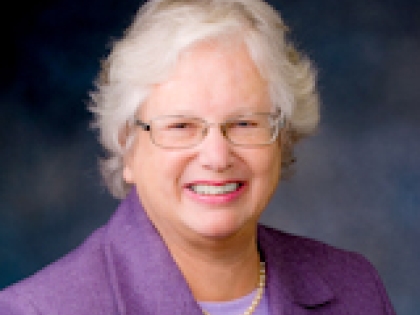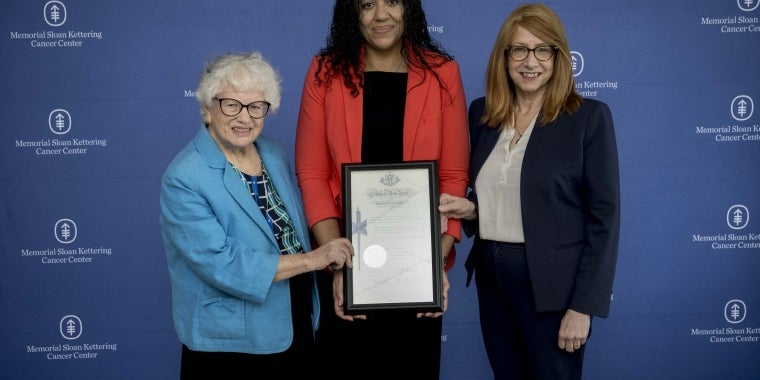
Commentary: Tuition Assistance Program opens doors to a college education

Paul Buckowski/Times Union
New York college enrollment is dropping just as the need for skilled workers is increasing. A modernized TAP will give more students a path to higher education.
Young Americans tell us they are fed up. Disillusioned over the crushing student debt crisis, an impending climate apocalypse, out-of-reach rent, and death and destruction in the Middle East and Ukraine, young people face the reality that they are worse off than their parents’ and grandparents’ generations were.
For millennials and Gen-Zers, homeownership is down and debt is up. In New York, the average student borrower owes more than $37,000 in student loans. Young adults are forced to live at home or are stuck renting for decades, unable to afford sky-rocketing mortgages. Prospects seem bleak to young Americans, and it appears to be influencing their choices about their own futures.
As the cost of attending college soars, more and more young people are questioning whether a college degree is truly worth it. New York’s college campuses had 14% fewer students enrolled in the spring of 2023 than in 2019, according to the National Student Clearinghouse Research Center. This decline has sent colleges into a tailspin. SUNY is projecting a nearly $1 billion deficit over the next decade, CUNY faces a $128 million deficit just in 2024, campuses have been forced to cut programs and staff, and a string of private college closures, including Saint Rose and Cazenovia, have struck communities across New York.
College should be an engine of economic mobility, enabling anyone who worked hard enough to earn a degree the opportunity to achieve a version of the American Dream. Today, with sky-rocketing tuition, more young people are locked out of higher education even as colleges struggle to increase enrollment. More than seven in 10 students who do not attend college say that cost is the primary barrier.
On the heels of the 50th anniversary of New York’s Tuition Assistance Program, a revamping of the program is long overdue. The eligibility criteria for TAP, which helps students afford the cost of tuition, hasn’t been updated in almost a quarter-century.
TAP used to cover the full cost of SUNY tuition for limited-income families. But ever since 2011, when the award was decoupled from the state’s public college tuition rate, tuition growth has steadily outpaced increases in the maximum award. Today, SUNY and CUNY tuition is more than $7,000, but the maximum TAP award has only been raised to $5,665.
And while the cost of living has risen dramatically, the maximum income threshold to be eligible for TAP remains at $80,000 of state taxable income, unchanged since 2000. No wonder fewer students are enrolling, and more are questioning the value of a college degree.
That’s right: At a time when we need students more than ever, and they need higher education as well, TAP has lost ground, and we have lost students.
An increase in TAP is the key to boosting enrollment and making college affordable again for New York families. Unfortunately, over the past decade, the state has done the opposite. In 2010, the state’s investment in TAP was the equivalent of $1.3 billion in today’s dollars. This past year, TAP was funded at $897 million — a net decrease of $403 million in 2023 dollars over the last 13 years.
In light of the U.S. Supreme Court’s recent decisions on affirmative action and student debt relief, it is more important than ever that New York double down on efforts to improve college affordability for middle- and low-income students and families. By turning on the TAP, we can help to reverse the damaging effects of rolling back affirmative action policies.
Finally, through a TAP expansion, we can address critical New York workforce needs and keep students here as they complete their education and launch careers. New York is the epicenter of innovation in the semiconductor industry and nanoscale science and hopes to be a key player in the AI revolution — that means we must have a highly skilled workforce ready to meet the research and business needs of these sectors.
New York must raise the $80,000 maximum income threshold, increase the minimum award amount, fully cover the cost of tuition as was done in the past, and expand the pool of eligible students.
When we invest in our students and middle class, we invest in our future. Amidst an affordability crisis that is hitting New York families hard, we have an opportunity to do both. Let’s turn on the TAP, boost enrollment and revive the dream of an affordable, quality higher education in the Empire State.
Assemblymember Patricia Fahy of Albany represents the 109th Assembly District. State Sen. Toby Ann Stavisky of Queens represents the 11th Senate District. Together, they chair the New York State Committee on Higher Education.
